Supercomputers have become central to innovation across various industries, propelling advancements in science, technology, and medicine. With immense processing capabilities, supercomputers tackle complex calculations in a fraction of the time required by traditional computers. This article delves into the architecture of supercomputers, their critical applications, and what the future holds for this cutting-edge technology.
What Are Supercomputers?
Supercomputers are highly specialized computing machines designed for tasks that require vast computational power. Unlike regular computers, which handle one task at a time, supercomputers perform trillions of calculations simultaneously through parallel processing. They are measured in FLOPS (Floating Point Operations Per Second), with modern supercomputers reaching petaflops (quadrillions of calculations) and even exaflops (quintillions of calculations).
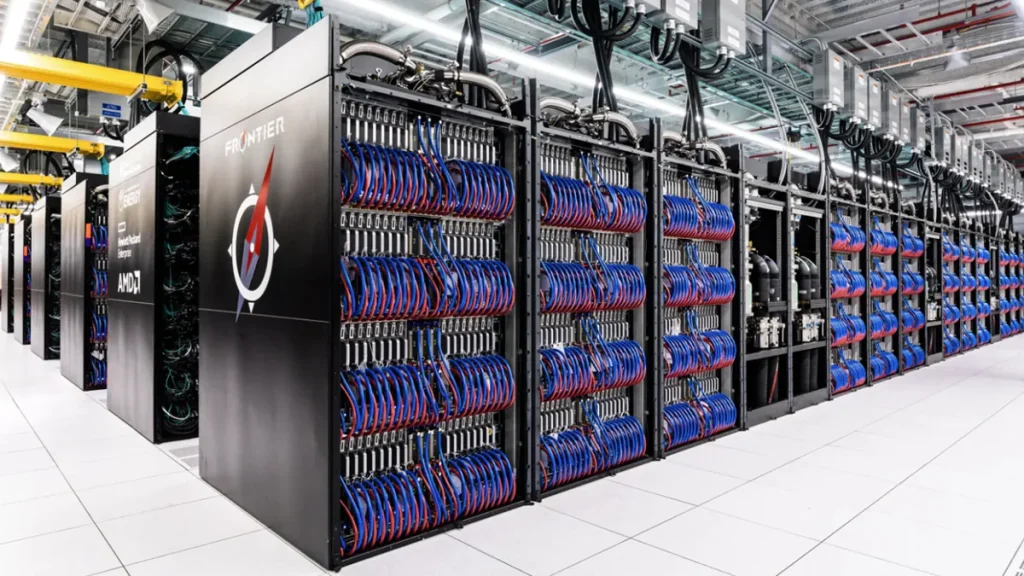
Defining Supercomputers
A supercomputer’s defining characteristic is its ability to perform at the highest operational rate possible for a machine. These systems are designed for complex computational problems like climate simulations, cryptographic analysis, and quantum mechanics. While regular computers may struggle with these tasks, supercomputers use multiple processors working together to deliver results with unprecedented speed and precision.
Historical Development of Supercomputers
The evolution of supercomputers began in the 1960s and has rapidly progressed since then. Over time, their design has shifted from a focus on raw processing power to the ability to handle complex simulations and massive data sets.
First Generation Supercomputers
Seymour Cray, often regarded as the father of supercomputing, developed the first supercomputer, the CDC 6600, in 1964. This machine could perform three million instructions per second, a feat that revolutionized computing at the time. As the demand for faster computations grew, more powerful supercomputers were developed, each outpacing the last in terms of speed and capability.
Evolution Through the Decades
By the 1980s and 1990s, machines like Cray-1 and IBM Blue Gene began dominating the supercomputer landscape. These systems were used for scientific research, weather modeling, and defense applications. The leap into petascale computing in the 2000s marked a new era, with machines like Tianhe-2 and Summit pushing the boundaries of what supercomputers could achieve.
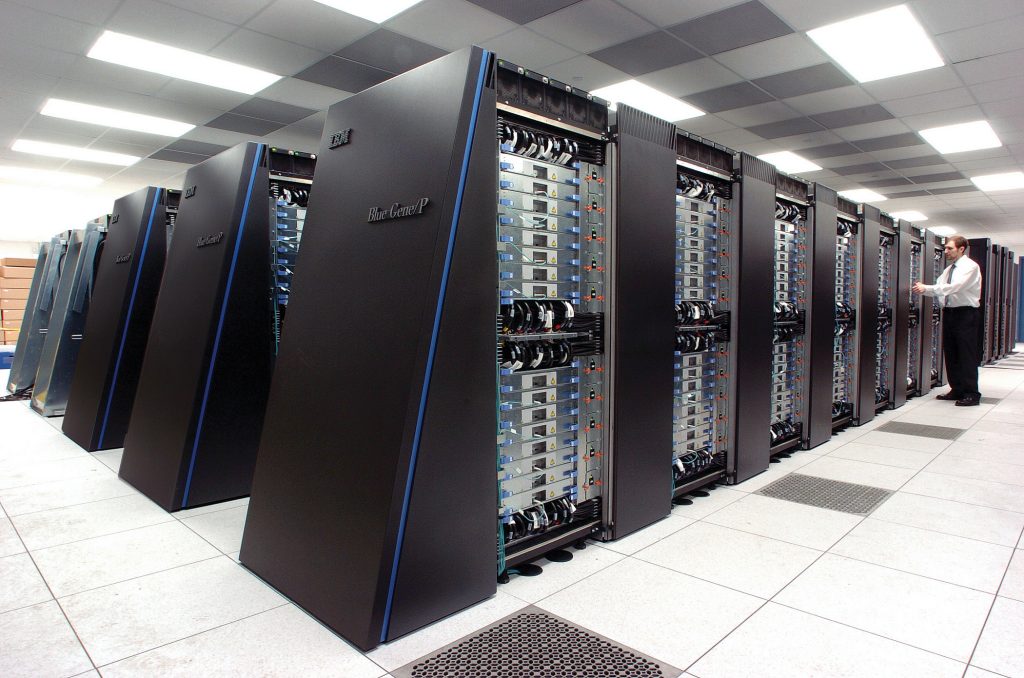
How Supercomputers Work
The inner workings of a supercomputer involve several core technologies that come together to create an unparalleled level of performance. Unlike a typical personal computer, which relies on a single processor, supercomputers utilize many processors to divide tasks and compute them in parallel.
Parallel Processing
Parallel processing is the foundation of supercomputing, where complex tasks are broken down into smaller, more manageable pieces. These are then computed simultaneously across thousands or even millions of processors. By distributing tasks, supercomputers significantly reduce the time needed to process vast amounts of data.
CPU and GPU Power
A combination of Central Processing Units (CPUs) and Graphics Processing Units (GPUs) is used to achieve this. CPUs handle general tasks, while GPUs specialize in handling large volumes of data, making them essential for computations involving artificial intelligence, molecular modeling, and deep learning.
Interconnect Technology
A key component of supercomputers is the interconnect system that links various nodes (groups of processors) together. High-speed interconnects ensure efficient communication between nodes, preventing bottlenecks that can slow down overall performance.
Supercomputer Architecture
Supercomputers are built using a highly sophisticated architecture designed to optimize both speed and power consumption.

Node Architecture
A supercomputer is made up of several nodes, where each node contains multiple processors, memory, and storage units. These nodes work together in a coordinated fashion, communicating through high-speed interconnects to solve complex problems.
Memory Systems
Memory is crucial in supercomputing. Large and fast memory systems allow supercomputers to store and retrieve massive amounts of data quickly. Distributed memory architectures ensure that each node has access to the data it needs, without overloading the system.
Storage and I/O Systems
Given the enormous data sets supercomputers work with, efficient storage and input/output (I/O) systems are essential. Advanced file systems, like Lustre, help manage data transfer between the storage systems and processors, ensuring seamless access to vast databases.
Leading Supercomputers in the World
Supercomputers are ranked based on their speed and performance. The Top500 project regularly updates a list of the world’s fastest supercomputers, highlighting the key players in this field.
Top 500 Supercomputers
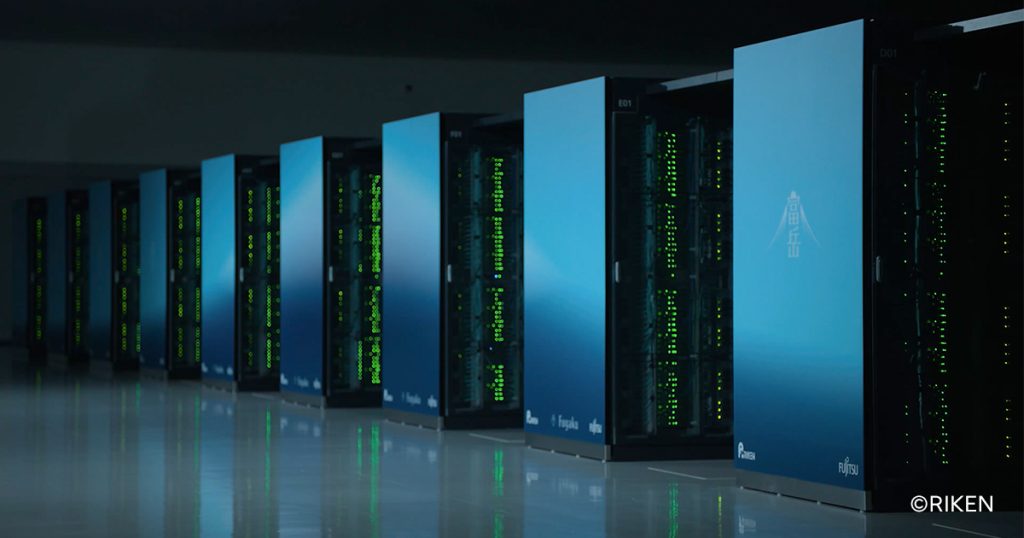
The title of the world’s fastest supercomputer often changes, but current leaders include:
- Fugaku (Japan): This supercomputer boasts a peak performance of over 442 petaflops and is used for climate modeling, medical research, and artificial intelligence development.
- Summit (USA): With 148.6 petaflops, Summit is used for scientific research, including genomics, astrophysics, and quantum chemistry.
- Sierra (USA): Primarily used for nuclear simulations and defense applications, Sierra has a peak performance of 94.6 petaflops.
High-Performance Computing (HPC)
High-performance computing (HPC) refers to the use of supercomputers and parallel processing techniques to solve complex computational problems. While the term is often used interchangeably with supercomputing, HPC covers a broader range of technologies and applications.
The Importance of HPC
HPC is essential for fields that require massive data analysis and simulations. Whether it’s in weather forecasting, oil exploration, or pharmaceutical research, HPC systems enable faster and more accurate results.
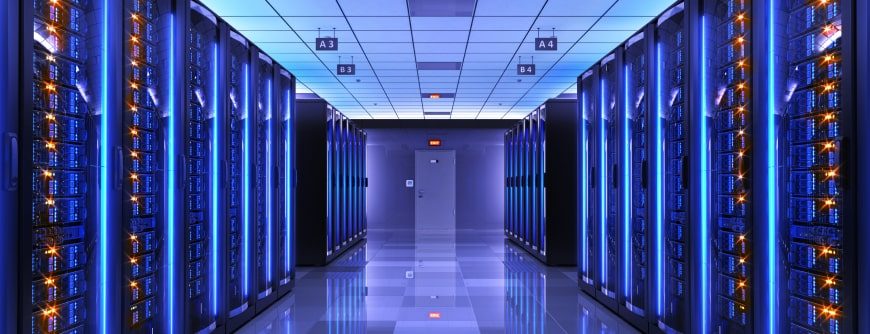
How It Differs From Regular Computing
The primary difference between HPC and standard computing lies in the scale of computation. While regular computers may handle single tasks or applications, HPC systems manage multiple tasks across a distributed network of processors, providing results in a fraction of the time.
Supercomputer Applications
Supercomputers play an indispensable role across a wide range of industries and research fields. Their ability to process large datasets at incredible speeds makes them vital for tasks that involve heavy computation.
Weather Forecasting
Weather prediction relies heavily on supercomputers. These systems analyze vast amounts of meteorological data from satellites, radars, and sensors to create accurate models of atmospheric conditions. As a result, supercomputers help predict natural disasters like hurricanes and floods, potentially saving lives and minimizing damage.
Climate Research
In the field of climate science, supercomputers simulate interactions between the Earth’s atmosphere, oceans, landmasses, and ice. These simulations allow researchers to predict future climate scenarios and assess the impact of human activities on the environment.
Molecular Modeling
Molecular modeling is another critical application of supercomputing. In drug discovery, supercomputers simulate how different molecules interact with biological systems, accelerating the development of new medicines and treatments.
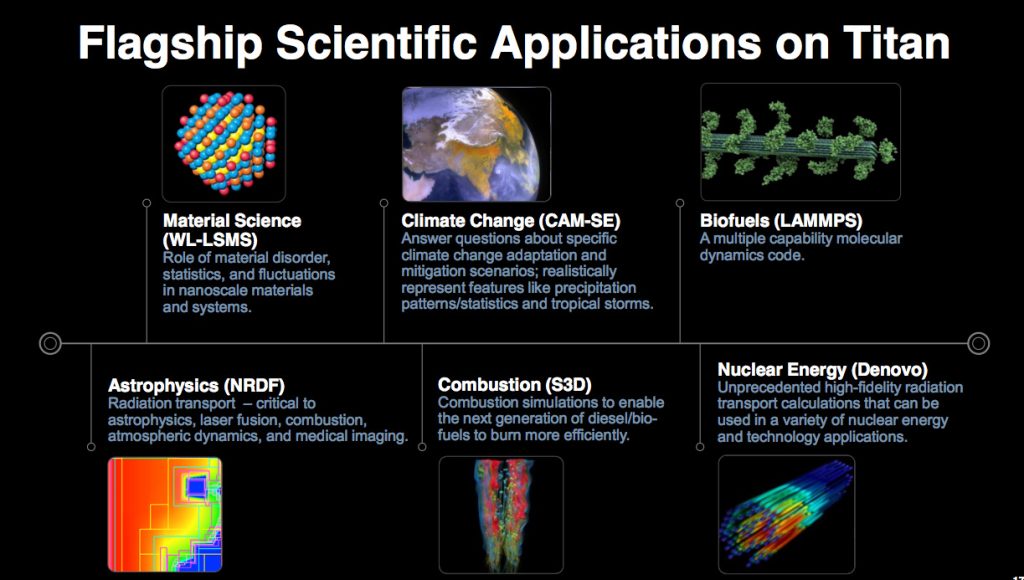
Role in Scientific Research
Supercomputers are at the forefront of many of today’s scientific discoveries. Their immense processing power allows scientists to run complex simulations and analyze large datasets in fields ranging from physics to genomics.
Simulating Complex Systems
In physics, supercomputers simulate particle collisions at accelerators like CERN, providing insight into the fundamental forces of the universe. Similarly, in biology, supercomputers help analyze genetic sequences, aiding in breakthroughs in personalized medicine and disease research.
Data Analysis in Physics and Biology
Supercomputers are essential for processing the massive amounts of data generated in high-energy physics experiments or genomic sequencing projects. Without the speed and efficiency of supercomputing, these fields would struggle to make the kind of rapid progress seen today.
Impact on Healthcare and Medicine
Supercomputers are transforming healthcare by enabling more personalized approaches to treatment and accelerating drug discovery.
Genomics
In genomics, supercomputers are used to sequence and analyze entire genomes. This enables researchers to identify genetic mutations and develop targeted therapies for diseases like cancer.
Drug Discovery
The process of drug discovery can take years, but supercomputers significantly reduce this timeline by simulating how drugs interact with biological systems. This allows scientists to test multiple compounds quickly, identifying the most promising candidates for further development.
This concludes the first half of the long-form article. Stay tuned as we explore topics such as Supercomputers in AI, Challenges in Supercomputer Development, Quantum Computing vs. Supercomputing, and more.



